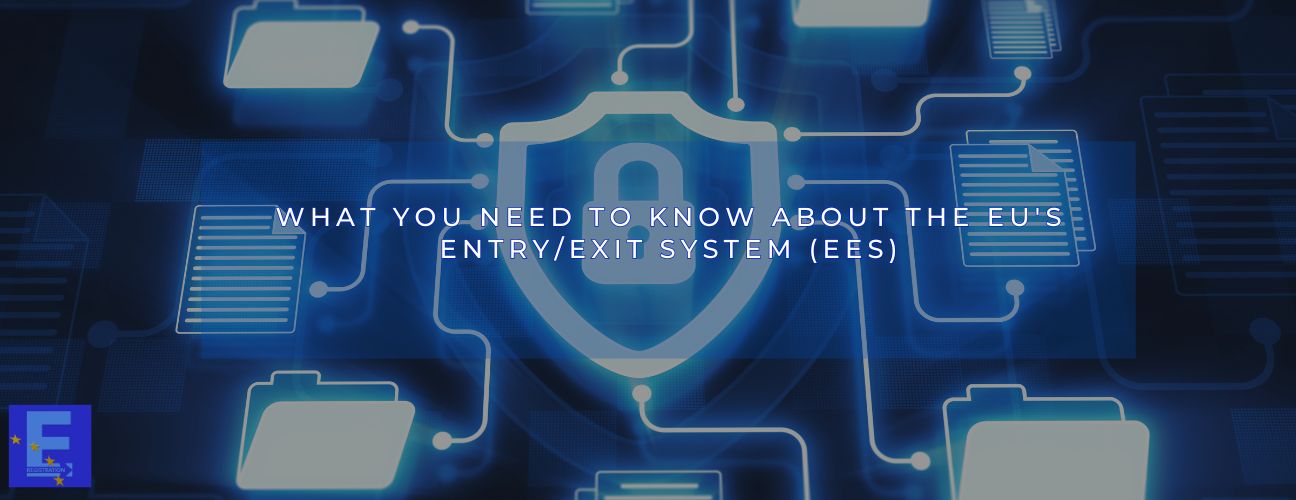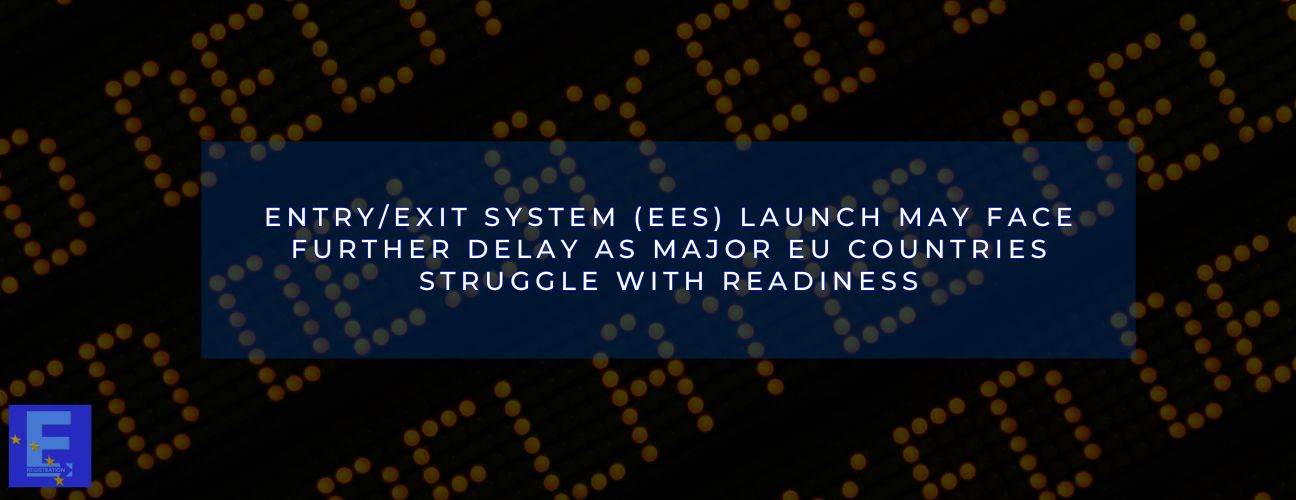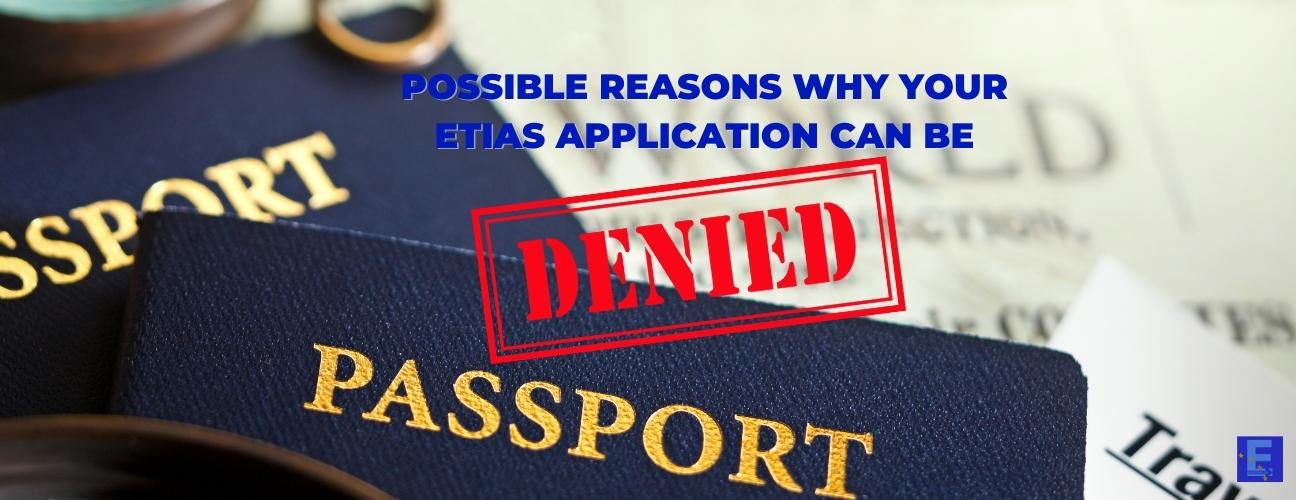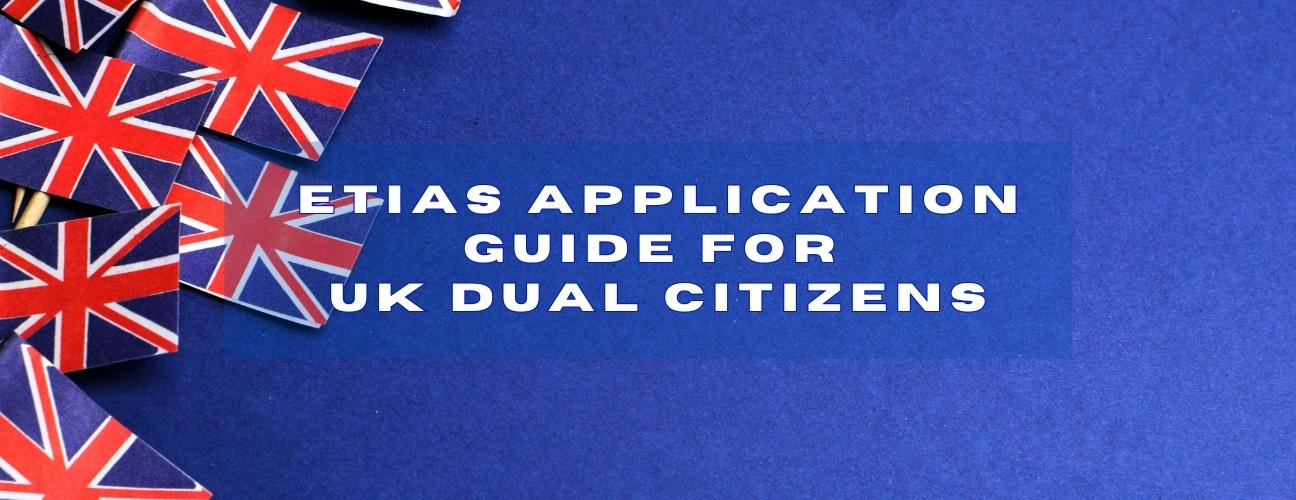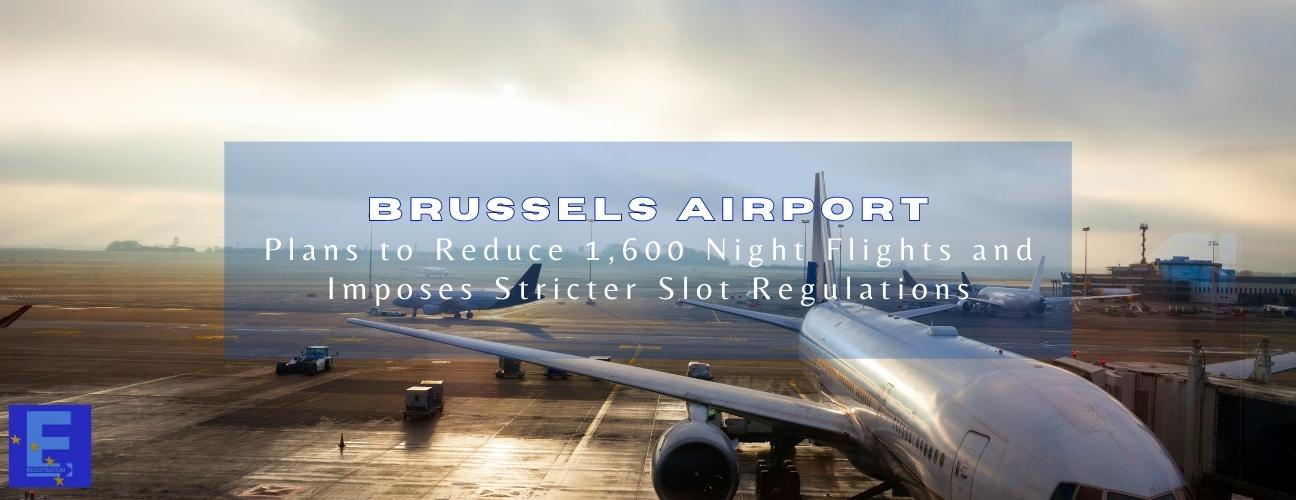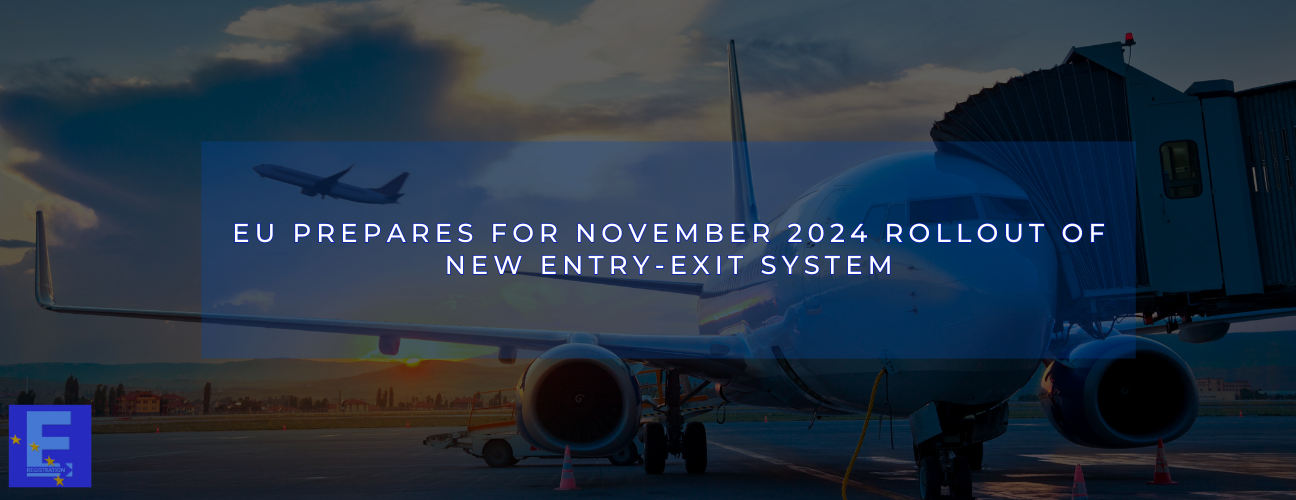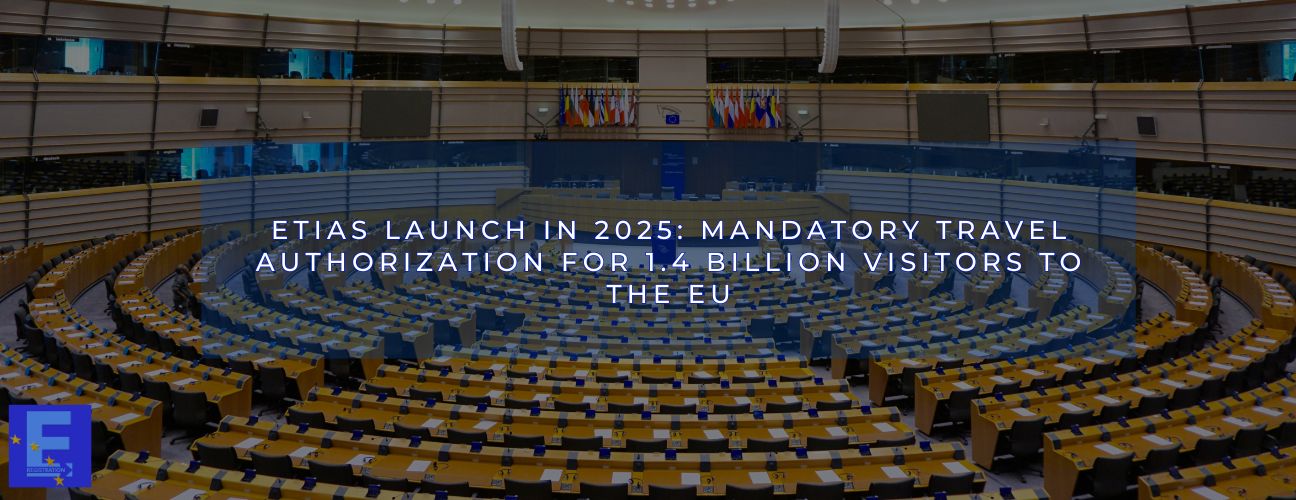Introduction
The European Union is rolling out significant changes to its border management processes, and at the forefront is the new Entry/Exit System (EES). Designed to enhance security and streamline travel, the EES marks a pivotal shift in how the EU monitors and controls the movement of travelers. Whether you’re a frequent visitor to Europe or planning your first trip, understanding the EES is essential. Here’s what you need to know about this new system and how it will impact your travels.
What Is the Entry/Exit System (EES)?
The Entry/Exit System (EES) is an advanced IT solution that the European Union is implementing to monitor the entry and exit of non-EU nationals traveling to the Schengen Area. This system will replace the traditional passport stamping method with a more efficient and secure process, recording personal details, travel information, and biometric data (such as fingerprints and facial images) electronically.
The Schengen Area, which consists of 27 European countries with no internal borders, has long been a popular destination for travelers worldwide. The EES aims to better manage the flow of these visitors, ensuring that border checks are not only faster but also more accurate and secure.
Why Has the EES Been Introduced?
The introduction of the EES is part of the EU’s broader strategy to enhance its border security and improve the overall efficiency of travel. The system has several key objectives:
-
Enhancing Security: By tracking entries and exits electronically, the EES helps authorities quickly identify individuals who overstay their permitted time in the Schengen Area, as well as those who might pose a security threat.
-
Improving Efficiency: The automation of border processes reduces the need for manual passport stamping, resulting in shorter wait times and smoother border crossings.
-
Combating Illegal Immigration: The EES enables more effective monitoring of who enters and leaves the Schengen Area, helping to prevent illegal immigration and ensuring that only those with legitimate purposes remain within the region.
-
Supporting Law Enforcement: The detailed data collected by the EES can assist in investigations related to crime and terrorism, providing law enforcement agencies with valuable insights and tools.
Who Will Be Affected by the EES?
The EES will apply to all third-country nationals (non-EU citizens) who are traveling to the Schengen Area for short stays of up to 90 days within a 180-day period. This includes tourists, business travelers, and others who do not require a visa to enter the region. For these travelers, the EES represents a significant change in how their movements will be tracked and recorded.
What Should Travelers Expect?
For most travelers, the EES will make crossing the Schengen Area’s borders a quicker and more streamlined experience. Upon entry, your personal and biometric data will be captured electronically, eliminating the need for manual passport stamps. While this automation is designed to expedite the process, it’s crucial to be mindful of your permitted length of stay, as the EES will automatically track this and alert authorities to any overstays.
Key Benefits for Travelers
-
Speed and Convenience: Automated border checks mean less time spent waiting in lines, allowing you to start your European adventure sooner.
-
Increased Transparency: The EES provides clear records of your travel within the Schengen Area, helping to avoid any misunderstandings about your stay duration.
-
Enhanced Security: The system’s robust security measures ensure that your data is protected while also contributing to the safety of the Schengen Area as a whole.
Conclusion
The Entry/Exit System (EES) represents a significant advancement in the European Union’s approach to border management. As the system becomes operational, travelers can look forward to faster, more efficient border crossings, coupled with increased security. By understanding how the EES works and its implications for your travels, you can ensure a smooth and hassle-free experience when visiting the Schengen Area.

